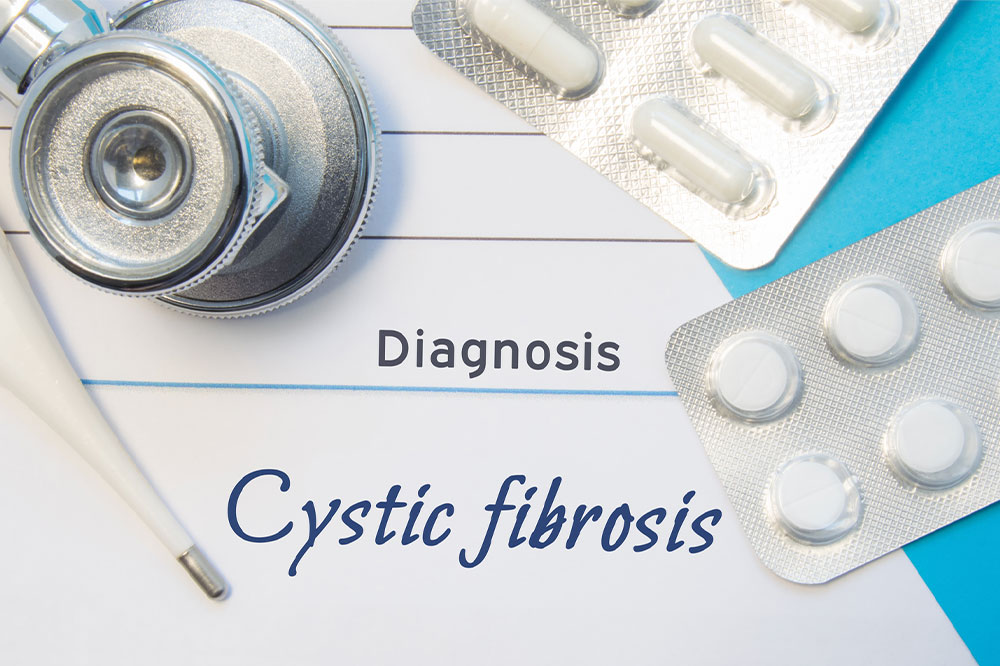Comprehensive Guide to Diagnosing and Managing Cystic Fibrosis
This comprehensive guide explores the various methods used to diagnose cystic fibrosis early, including prenatal testing, newborn screening, genetic analysis, and sweat tests. It also discusses current management strategies to improve quality of life, such as medications, physical therapy, and surgical options. Emphasizing the importance of early detection and individualized care, the article highlights ongoing research efforts promising future breakthroughs in treatment. Aimed at patients, caregivers, and healthcare providers, this detailed overview encourages proactive management of cystic fibrosis for better health outcomes.

Understanding the Detection and Treatment Strategies for Cystic Fibrosis
Diagnostic Techniques and Procedures
Cystic fibrosis (CF) is a complex genetic disorder that requires precise diagnostic methods for early detection and effective management. Multiple diagnostic approaches exist, ranging from prenatal testing to postnatal assessments. Prenatal testing plays a crucial role in assessing the risk of inheriting CF; typically, this involves analyzing the genetic makeup of one or both parents to determine carrier status of the CFTR gene mutation. If a parent tests positive as a carrier, the likelihood of passing the disorder to the fetus increases, prompting further testing of the partner. Such early risk assessment allows prospective parents to make informed decisions and prepare for potential challenges.
In addition to carrier screening, invasive fetal diagnostic procedures like amniocentesis and chorionic villus sampling (CVS) are also available, especially in high-risk pregnancies. These procedures involve sampling amniotic fluid or placental tissue to detect CFTR gene mutations directly in the fetus. However, they carry a higher risk of miscarriage or complications. Postnatally, newborn screening programs are critical for early detection of cystic fibrosis. Routine blood tests for immunoreactive trypsinogen (IRT), genetic testing, and sweat chloride tests are the primary tools used to confirm a diagnosis shortly after birth, enabling timely intervention. Many countries have integrated newborn screening into their standard healthcare practices, significantly improving long-term health outcomes.
Additional Diagnostic Tools
Beyond initial screening, comprehensive genetic testing aims to identify specific CFTR gene mutations responsible for the disorder. These genetic analyses help tailor treatments to individual patients and provide valuable information for family planning. The sweat chloride test remains a cornerstone in CF diagnosis, especially for infants and older children, by measuring the salt concentration in sweat—a hallmark of the disease. Elevated salt levels suggest faulty chloride channels due to CFTR mutations. When patients exhibit symptoms such as persistent cough, difficulty breathing, or digestive issues, but diagnosis remains uncertain, these diagnostic tools are vital for confirming cystic fibrosis. Early and accurate diagnosis is fundamental in managing the disease effectively and improving the patient’s quality of life.
Related: Recognizing the Signs & Symptoms of Cystic Fibrosis
While there currently is no definitive cure for cystic fibrosis, advancements in medical science have led to therapies aimed at alleviating symptoms and preventing complications. The cornerstone of treatment involves managing respiratory issues by clearing mucus from the lungs, preventing bacterial infections, and maintaining optimal lung function. Simultaneously, addressing digestive problems and ensuring proper nutrition are essential components of comprehensive care.
Medical management typically includes medications such as antibiotics to combat and prevent lung infections, anti-inflammatory drugs to reduce inflammation in the airways, inhaled bronchodilators to open airways, pancreatic enzyme replacements to aid digestion, and mucus-thinning agents to facilitate clearance of mucus from the lungs. Physical therapy techniques like chest physiotherapy, postural drainage, and breathing exercises are employed to enhance mucus clearance. Pulmonary rehabilitation programs improve respiratory capacity and overall stamina, while nutritional support ensures adequate growth and development, especially in young patients.
In severe cases where lung damage is extensive, oxygen therapy or surgical interventions may be necessary. Procedures such as mucus removal, nasal polyp excision, intestinal surgeries, and in advanced stages, lung transplantation, provide vital life-saving options. Despite the absence of a cure, ongoing research into gene therapy, personalized medicine, and novel pharmaceuticals continues to raise hopes for more effective treatments and possibly a cure in the future.
Over the decades, the prognosis for individuals with cystic fibrosis has improved dramatically due to advances in early diagnosis, improved medications, and comprehensive care approaches. Patients now enjoy longer life spans and better quality of life. The future holds promising possibilities as scientists and clinicians work relentlessly to understand the disease more deeply and develop innovative therapies that target the root causes of cystic fibrosis, offering hope for better outcomes worldwide.





